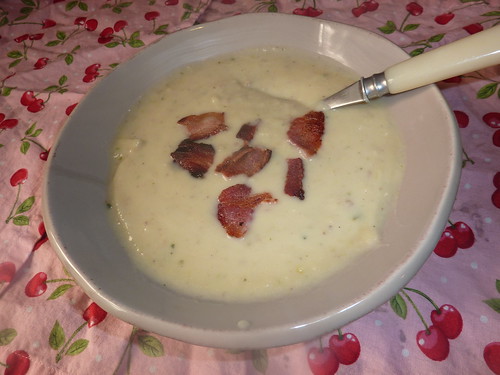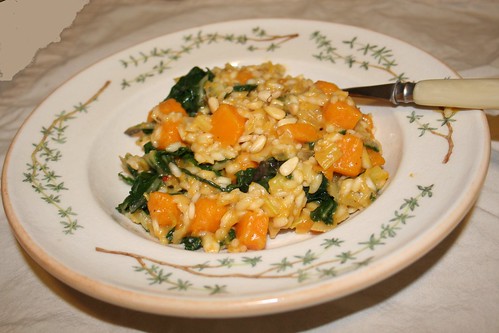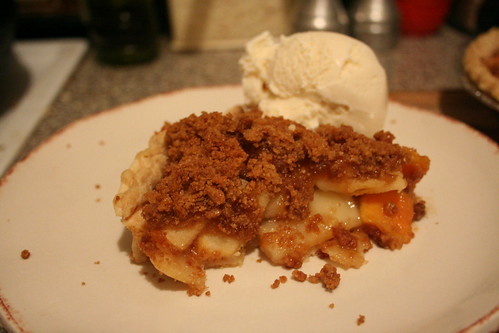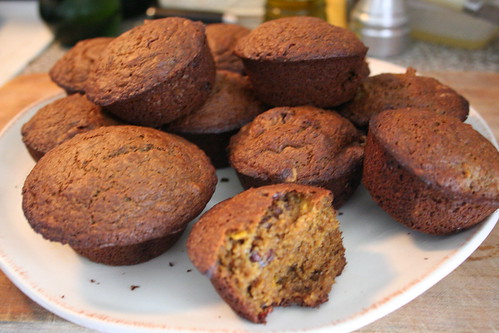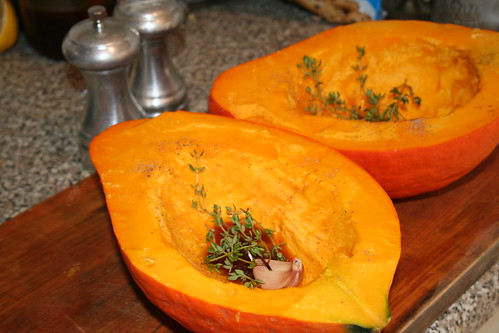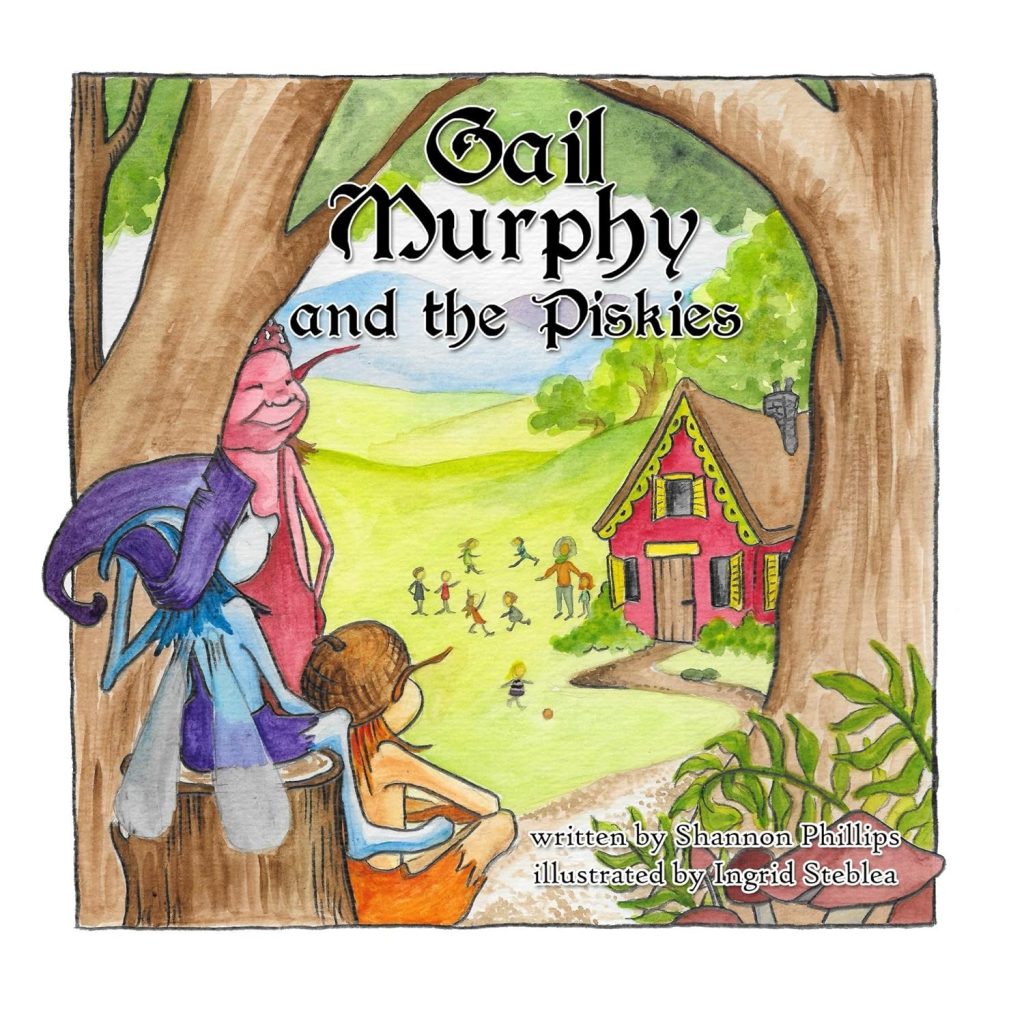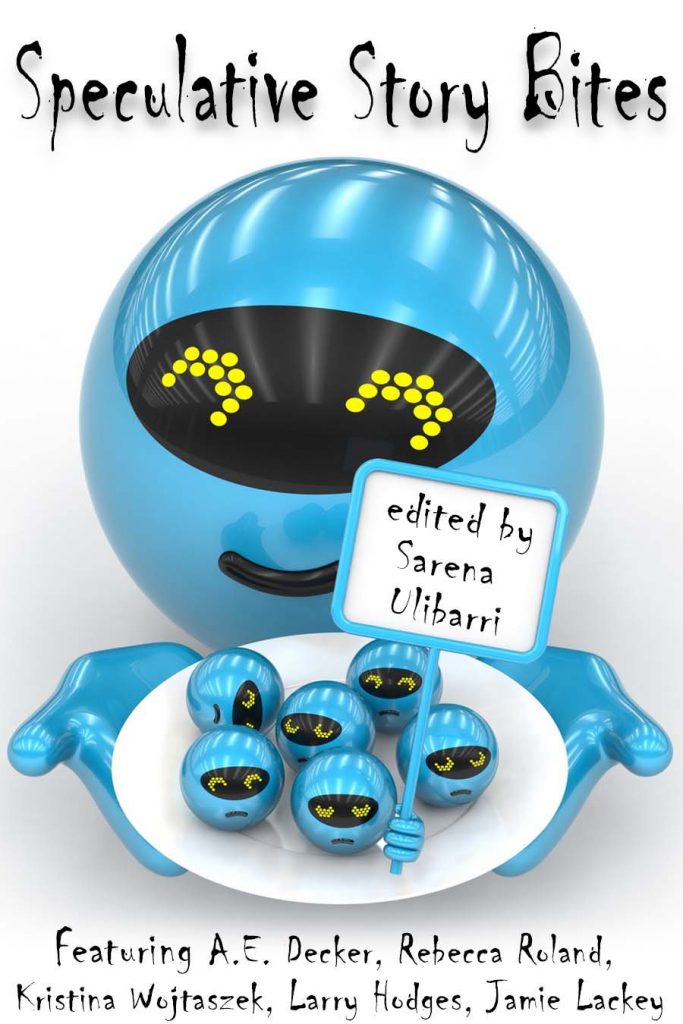
My great-grandmother was a remarkable lady. Her name wasn’t actually Tocaya: it was Herlinda, or Linda for short. Tocaya means “namesake” in Spanish, and it was what she asked my aunt Linda to call her when her granddaughter Linda was born. Then all the other grandchildren—and, later, the great-grandchildren—grew up calling her the same thing, because as far as we knew it was just her name.
Tocaya was born and raised in Sinaloa, Mexico; her mother was a descendant of the Spanish nobility there and her father an American surveyor and engineer who became a naturalized citizen of Mexico. She married an American diplomat and traveled extensively engaged in her husband’s work—which apparently included espionage as well as diplomacy—before finally settling down in Texas. She lived to be 100 and left behind a thriving family that multiplied in every generation: I think she had two children, six grandchildren, and twelve great-grandchildren, though I may be forgetting someone. I remember her as a grand and stately lady, always carefully and respectfully attended, presiding benevolently over her brood. She was very proud of her Mexican heritage—although she always referred to herself as Spanish—and kept careful genealogical records that, according to her, went back to Christopher Columbus.
I recently asked my grandmother if she had any of Tocaya’s recipes, and she was kind enough to send me this one. It came typed on an old-fashioned recipe card:
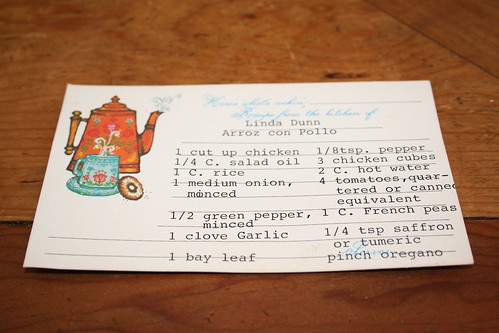
I made it last night and it was delicious. Here it is, with my own notes:
1 chicken, cut up into 8 pieces, neck and back removed
1/4 cup olive oil
1 cup rice (I used brown rice, and as you can see it still comes out a lovely golden color)
1 medium onion, diced
1 sweet pepper, diced (the original recipe calls for half a green pepper, but the red/yellow/orange peppers are sweeter, and I don’t see any reason not to use the whole pepper. The original recipe also tells you to mince the onion and pepper, but in a rustic dish like this one I think slightly larger pieces are nicer.)
2 cloves garlic, minced or put through a press (originally called for one, but I’m of the opinion that any time you’re going to use one clove of garlic you might as well use two. I really like garlic.)
1 bay leaf
2 cups water or chicken stock (Tocaya calls for two cups of water and three chicken cubes. It seems to me that since there’s a whole chicken and an onion in there that plain water is fine. It’s going to turn into chicken stock by the time it’s done cooking anyway!)
4 tomatoes, diced
1 cup peas (I didn’t have the peas on hand so I left them out, but I can tell they would be nice if you have them. Frozen is probably fine.)
1/4 teaspoon saffron or tumeric (I used saffron, because I am thrift-challenged as we have already established, and cooking with the most expensive spice in the world gives me a thrill.)
pinch oregano
salt and pepper
Preheat oven to 400 degrees.
Pat the chicken pieces dry and sprinkle both sides with salt and pepper. Pour enough olive oil (the original recipe called for “salad oil,” which I think could mean any kind of light-tasting oil, but olive oil is good for you) into a skillet to coat the bottom and heat the pan over medium-high heat. When oil is shimmering, place chicken pieces in skin-side down (you might have to do this in two batches) and let cook until lightly browned, 3-5 minutes. Turn the chicken and brown on the second side. Set aside.
There should be enough chicken fat left in the pan to cover the bottom; if not, add a bit more olive oil. When it’s up to heat, add your rice and saute, stirring constantly, until the rice turns light brown. (If you’re using brown rice you’ll still be able to see the color change when it’s slightly toasted. Turn the heat down to medium or medium-low if the rice seems in danger of burning.) Add your onion, pepper, and garlic, and saute until the onion is softened and the garlic is fragrant, a few minutes. Add the water or stock along with your tomatoes, saffron, oregano, and about 1/4 teaspoon salt and 1/8 teaspoon pepper, or to taste. Stir it all up and bring to a simmer over high heat.
Combine the rice mixture and the chicken pieces in a large covered casserole dish (or a large casserole dish which you have covered tightly with aluminum foil!) Try to get the rice submerged in the liquid, because any grains of rice that are left out are in danger of coming out crunchy.
Bake, covered, for 30 minutes. (Tocaya recommends checking and stirring it after 15 minutes.) Then uncover, give it a stir, and bake 40 minutes more, until the rice is nice and fluffy. Dish the rice out into individual servings and place the chicken pieces on top: or if you like you can let the chicken cool first, remove the meat from the bones, and shred it into the rice. Serves 6.
I think you could probably do this in a Dutch oven to make it a one-pot meal, although the chicken would have to sit on top rather than being distributed throughout the rice and liquid, and that might affect the flavor. Also, the chicken-to-rice ratio in this dish is quite high. You could probably double the amount of rice used if you wanted, though of course you might want to boost the seasoning as well if you did that.

